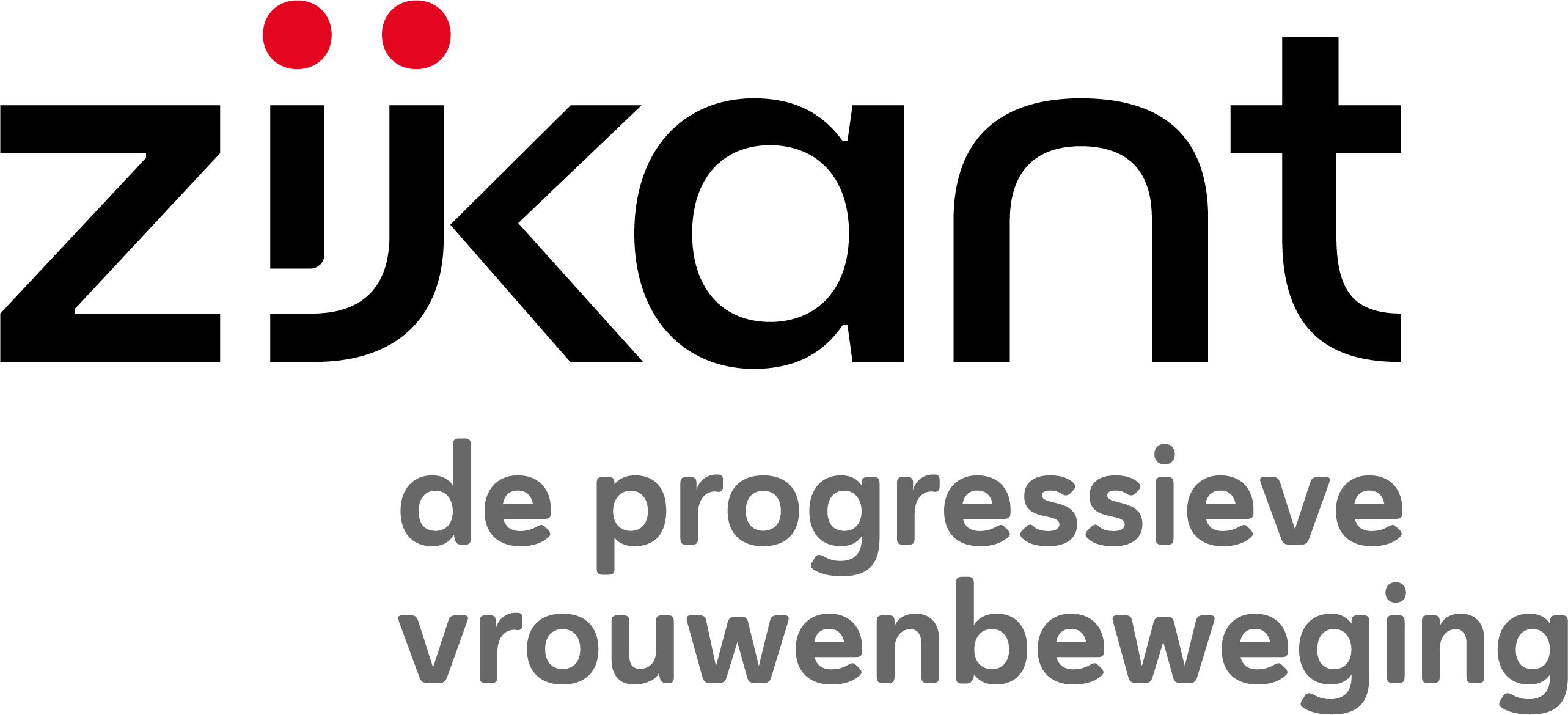NEW CAMPAIGN VIDEO COMING SOON
![ZIJ00001 Zij-Kant_ZIJGEN12614_Print EPD_A6[5]-1 (1)](https://www.equalpayday.be/wp-content/uploads/2024/02/ZIJ00001-Zij-Kant_ZIJGEN12614_Print-EPD_A65-1-1.png)
GENDER PAY GAP IN EUROPE
The average gender pay gap in Europe is 12.7%. This is the difference in average gross hourly wage between men and women across the economy.
The average gender gap in pensions in Europe is 26%. This measures the differences in pensions between women and men (65 years or over).
Below you find the gender pay gap (Eurostat, 2022) and the gender gap in pensions (Eurostat, 2022) in percentages per state.
Belgium
Belgium

Pay gap: 5
Pension gap: 27.7 (2023)
Austria
Austria

Pay gap: 18.4
Pension gap: 34.4
HUNGARY
HUNGARY

Pay gap: 17.5
Pension gap: 9.9
IRELAND
IRELAND

Pay gap: 9.3
Pension gap: 30.4
CROATIA
CROATIA

Pay gap: 12.5
Pension gap: 24.8
Bulgaria
Bulgaria

Pay gap: 13
Pension gap: 16.7
ITALY
ITALY

Pay gap: 4.3
Pension gap: 30.1
LATVIA
LATVIA

Pay gap: 17.1
Pension gap: 15.1 (2023)
CYPRUS
CYPRUS

Pay gap: 10.2
Pension gap: 34.3
CZECHIA
CZECHIA

Pay gap: 17.9
Pension gap: 13.6
SLOVAKIA
SLOVAKIA

Pay gap: 17.7
Pension gap: 9.9
SLOVENIA
SLOVENIA

Pay gap: 8.2
Pension gap: 9.2
LITHUANIA
LITHUANIA

Pay gap: 12
Pension gap: 13.2
LUXEMBOURG
LUXEMBOURG

Pay gap: -0.7
Pension gap: 37.9
SPAIN
SPAIN

Pay gap: 8.7
Pension gap: 28.4
SWEDEN
SWEDEN

Pay gap: 11.1
Pension gap: 25.1
PORTUGAL
PORTUGAL

Pay gap: 12.5
Pension gap: 26.3
ROMANIA
ROMANIA

Pay gap: 4.5
Pension gap: 19.4
NORWAY
NORWAY

Pay gap: 14.4
Pension gap: 20.3
POLAND
POLAND

Pay gap: 7.8
Pension gap: 15.6
FINLAND
FINLAND

Pay gap: 15.5
Pension gap: 22.2
FRANCE
FRANCE

Pay gap: 13.9
Pension gap: 30.5
MALTA
MALTA

Pay gap: 10.2
Pension gap: 41.8
NETHERLANDS
NETHERLANDS

Pay gap: 13
Pension gap: 37.9
GERMANY
GERMANY

Pay gap: 17.7
Pension gap: 27.6
GREECE
GREECE

Pay gap: 10.4 (2018)
Pension gap: 26.7
DENMARK
DENMARK

Pay gap: 13.9
Pension gap: 8.3
ESTONIA
ESTONIA

SWITZERLAND
SWITZERLAND

Pay gap: 17.9
Pension gap: 30.8
ICELAND
ICELAND

Pay gap: 9.3
Pension gap: 5.4 (2018)
LET’S TALK ABOUT MONEY – panel discussion

Programme
Where do we stand now and what does this directive mean for Belgian companies? In conversation with Kathleen Van Brempt (Member of the European Parliament), Annemie Pernot (Vice President of the Council of Equal Opportunities for Men and Women and Chairwoman of the Permanent Committee on Labor), Martine Vandevenne (gender expert of trade union ABVV) and Hildegard Van Hove (coordinator of gender statistics at the Institute for the Equality of Women and Men).
Syl Arnols (head of HR, Ethias) and Valerie Vinck (head of Personnel & Organisation department, University Hospital Ghent) share their good practices in terms of pay transparency.
4.45 pm: Q&A
5 pm: Reception and networking









